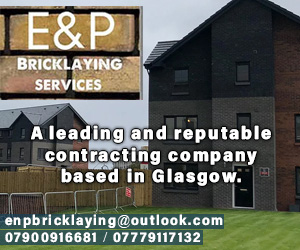The research, commissioned in the Spring, took a look at three key low carbon buildings within Scotland, all built within the last few years, and has explored the impact of the new buildings on occupier experience and for the companies as a whole.
A geographical spread of buildings took part in the research, which included 'Great Glen House', the headquarters of Scottish Natural Heritage in Inverness; 'Solais House' NG Bailey's Central Scotland headquarters, Bellshill and 'Carrochan', Loch Lomond and the Trossachs National Park Authority headquarters, Balloch.
Undertaken by Mindy Hadi, principal consultant occupational psychologist at BRE, the research consisted of a series of interviews with business, building and facilities managers and focus groups with building occupants. Topics explored whether they had perceived productivity, job satisfaction and loyalty to have increased since moving into their new respective buildings.
The research uncovered the following eight key business benefits:
- Reduced operational costs. For example, utility costs and other running costs such as facilities' staff time, paper and travel.
- Expected increase in asset value over a standard speculative building.
- The high levels of daylight, good air quality and natural ventilation that are associated with low carbon buildings have had a positive impact on occupant health and well being, compared with occupants’ previous air conditioned premises.
- Open plan, transparent offices (as a consequence of natural ventilation strategy and increased daylight penetration) encourage communication and break down silos. The research suggests this can have a positive impact on staff – colleagues and managers are more accessible.
- Award winning low carbon buildings provide excellent profile raising and marketing opportunities. Visitors (clients and local community) enjoy visiting the building and are encouraged to attend meetings and events.
- Raised awareness of sustainability amongst occupants, encouraging pro environmental behaviour at work that spills over to the home environment.
- Improved image amongst staff who feel it is important to work in a sustainable building, and enhanced amenities for staff which contribute to making staff feel valued at work.
- There is some indication that a sustainable building can have a positive impact on recruitment.
(GK/JM)

















